Welcome to the Historical Places in Sri Lanka !
Welcome to Sri Lanka!
Sri Lanka boasts numerous historical sites that showcase its rich heritage. Highlights include the ancient rock fortress of Sigiriya and the medieval capital of Polonnaruwa. Anuradhapura's sacred stupas and Galle Fort's colonial architecture are must-sees. Dambulla Cave Temple, Temple of the Tooth in Kandy, and Yapahuwa's stone carvings offer cultural insights. Don't miss the Aukana Buddha Statue, Kelaniya Raja Maha Vihara, Mihintale, and Koneswaram Temple for a comprehensive historical journey.



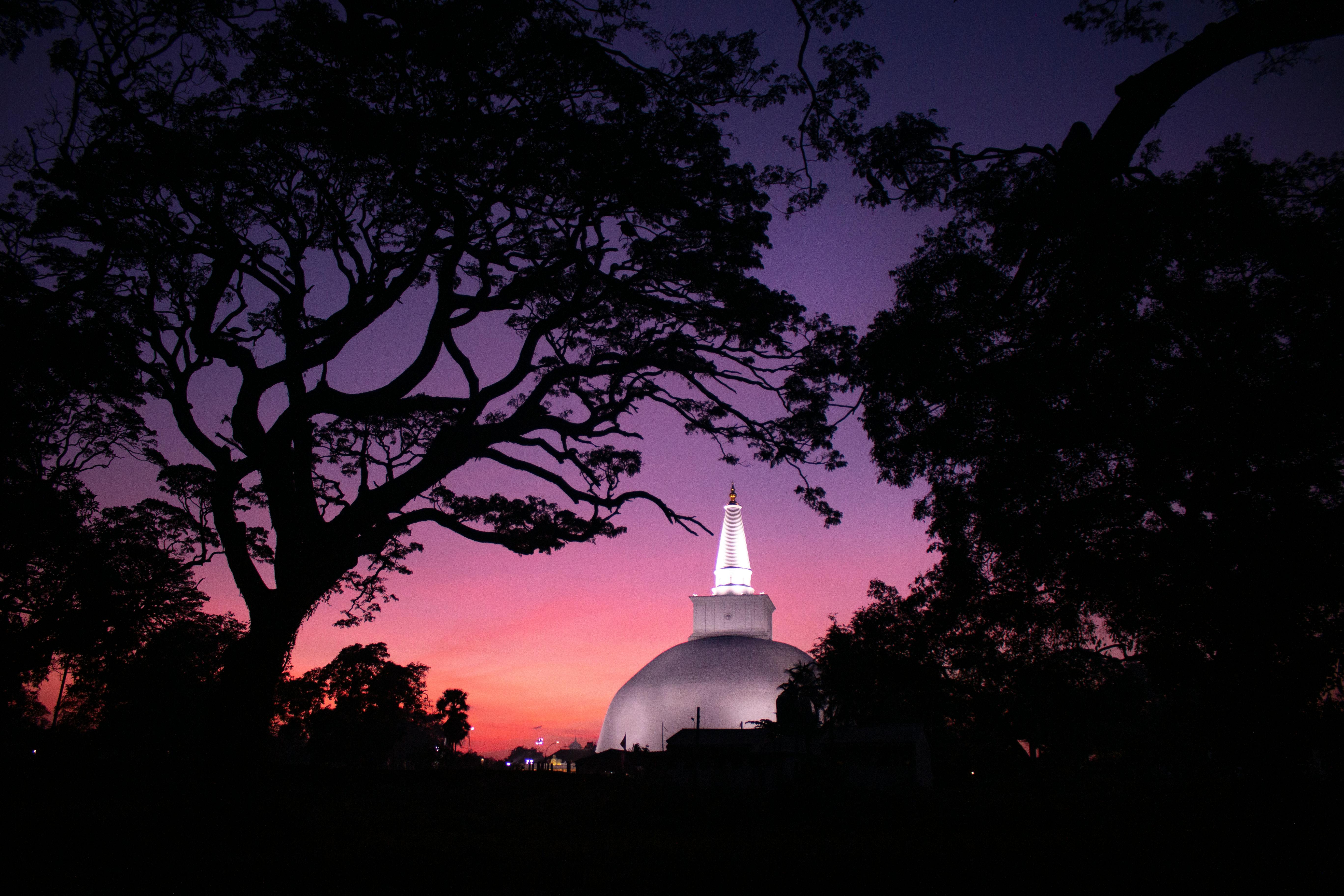
1.Ruwanwelisaya Temple
Ruwanwelisaya, a majestic stupa in Anuradhapura, is one of the most sacred Buddhist sites in Sri Lanka. Constructed in the 2nd century BCE by King Dutugemunu, it stands as a symbol of the island's ancient Buddhist heritage. The stupa's colossal white dome and ornate details attract pilgrims and history enthusiasts alike. Ruwanwelisaya's significance and grandeur make it a key highlight in the exploration of Anuradhapura's historical treasures.




2.Gal Viharaya
Gal Vihara, a rock temple in Polonnaruwa, is renowned for its exquisite Buddha statues carved into granite. These 12th-century sculptures include a colossal reclining Buddha, a standing Buddha, and a seated Buddha, showcasing the artistic mastery of the period. Gal Vihara's serene setting and intricate carvings make it a highlight of Polonnaruwa, offering a glimpse into Sri Lanka's rich Buddhist heritage and ancient craftsmanship.




3.Sigiriya
Sigiriya, also known as Lion Rock, is an ancient rock fortress located in the central Matale District. It features impressive frescoes, landscaped gardens, and a mirror wall. Built by King Kashyapa in the 5th century, this UNESCO World Heritage site is renowned for its unique architectural design and historical significance. The summit offers breathtaking views and ruins of a royal palace, making it a must-visit historical site in Sri Lanka.
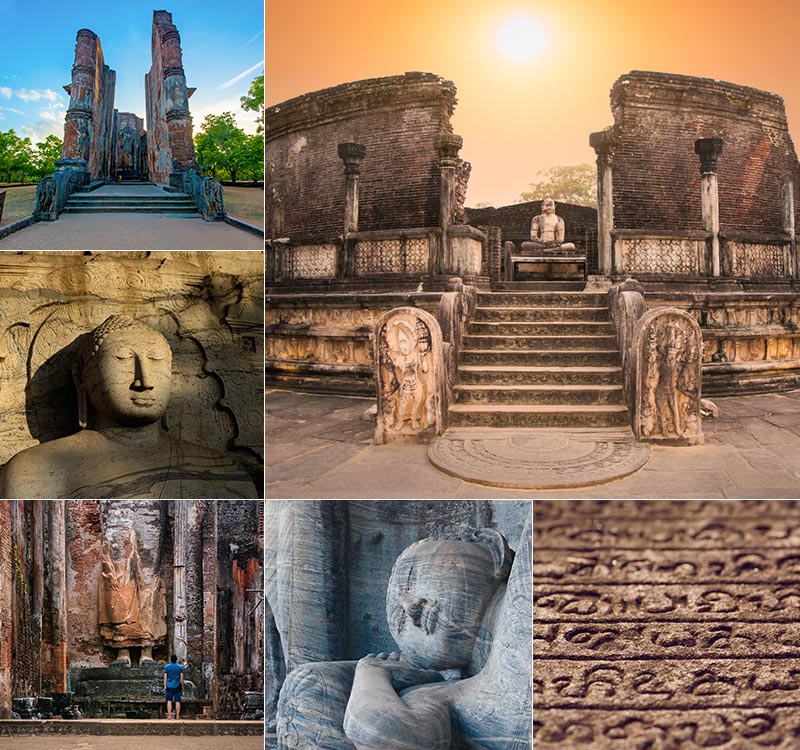




4.Polonnaruwa
Polonnaruwa, the medieval capital of Sri Lanka, boasts well-preserved ruins from the 11th and 12th centuries. This UNESCO World Heritage site includes royal palaces, stupas, and Buddhist statues. Notable structures include the Gal Vihara, a rock temple with exquisite Buddha statues, and the Parakrama Samudra, a vast man-made reservoir. Polonnaruwa offers a glimpse into Sri Lanka's ancient civilization and is a key destination for history enthusiasts.




5.Anuradhapura
Anuradhapura, one of the oldest continuously inhabited cities in the world, is a sacred city for Buddhists. Established in the 4th century BCE, it features magnificent stupas, ancient monasteries, and intricate carvings. Key sites include the Ruwanwelisaya stupa, Sri Maha Bodhi tree, and Jethawanaramaya stupa. This UNESCO World Heritage site is a testament to Sri Lanka's rich cultural and religious heritage, attracting pilgrims and history buffs alike.
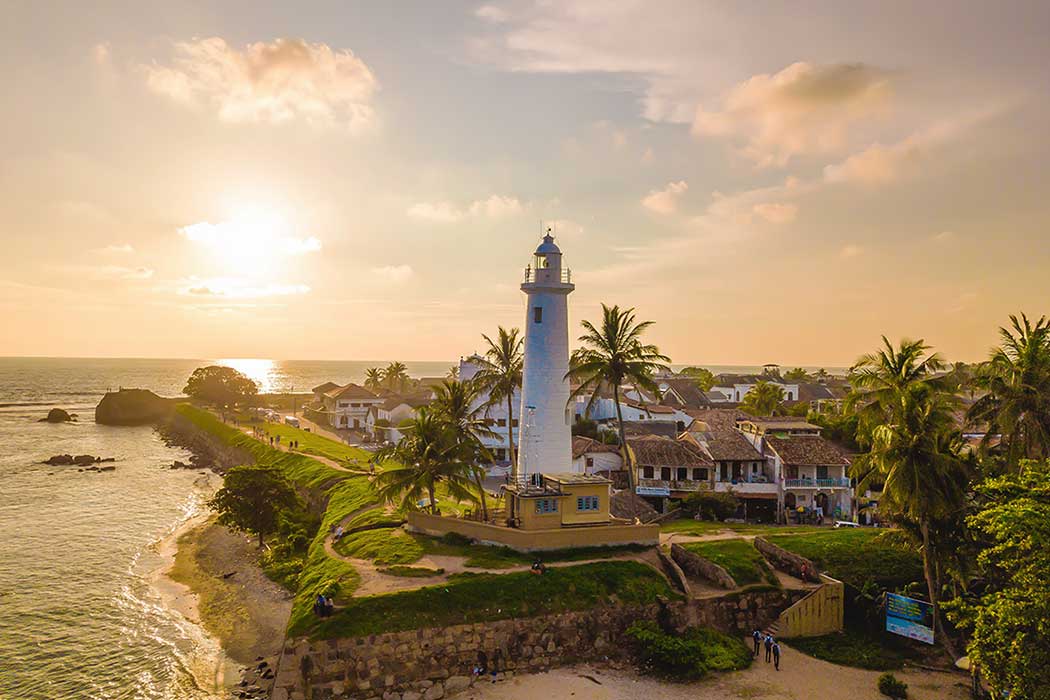

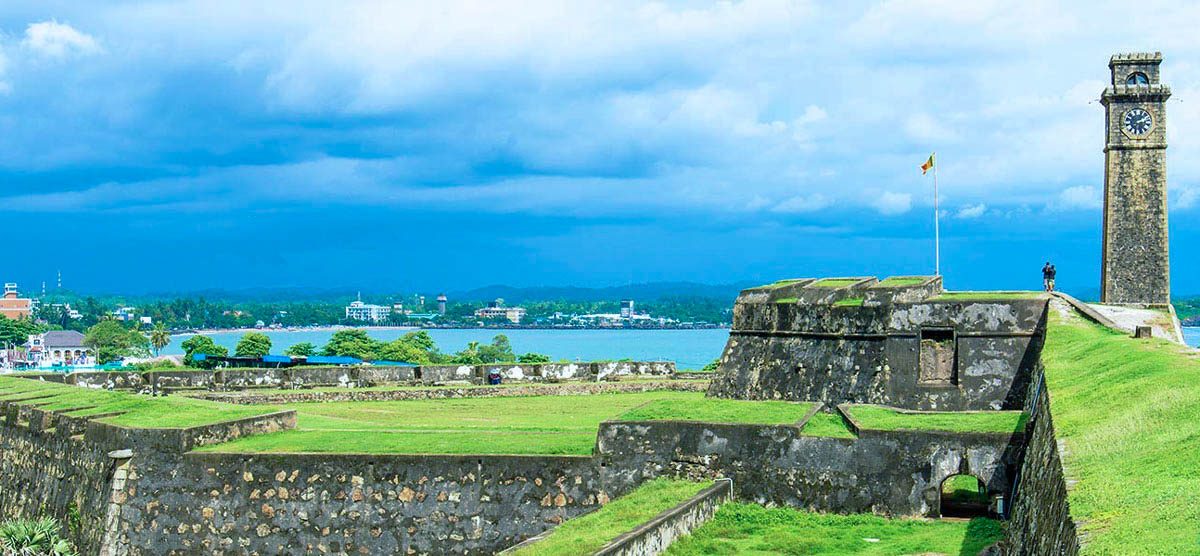
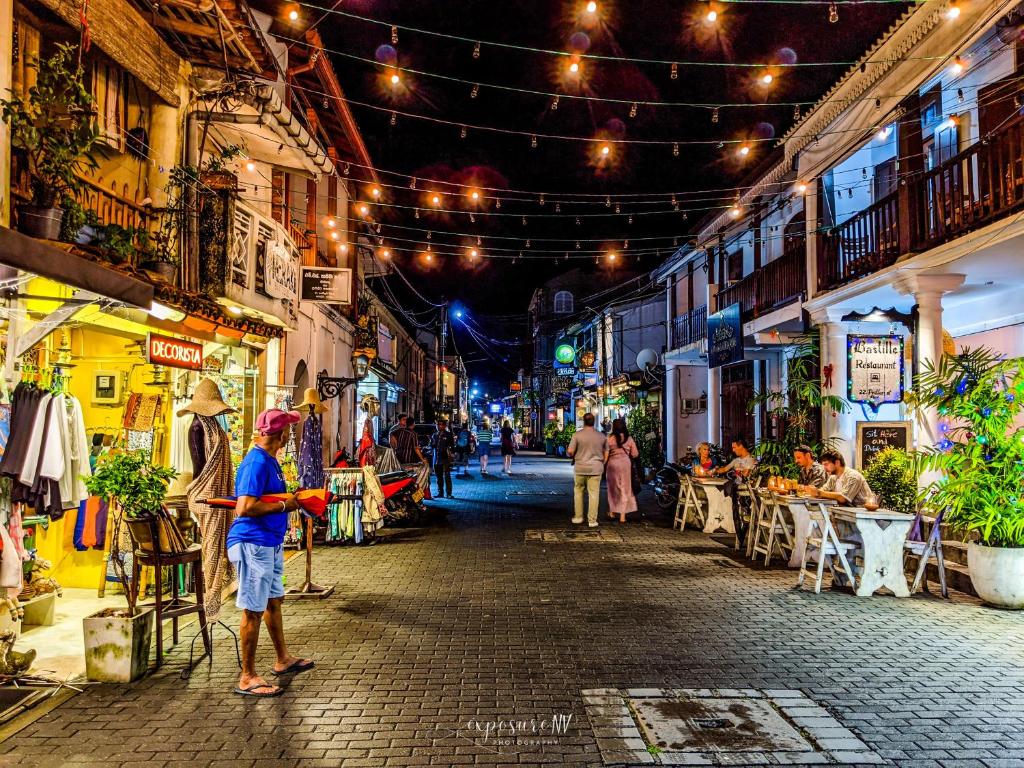
6.Galle Fort
Galle Fort, a UNESCO World Heritage site, showcases Dutch colonial architecture within its massive walls. Built by the Portuguese in the 16th century and fortified by the Dutch in the 17th century, the fort includes charming streets, historic churches, and the iconic lighthouse. Galle Fort's unique blend of European and Asian architectural styles, along with its vibrant cultural scene, makes it a captivating destination on Sri Lanka's southern coast.




7.Dambulla Cave Temple
The Dambulla Cave Temple, also known as the Golden Temple of Dambulla, is a significant Buddhist site in central Sri Lanka. This UNESCO World Heritage site features five caves adorned with intricate murals and over 150 statues of Buddha, dating back to the 1st century BCE. The temple complex, situated atop a hill, offers panoramic views of the surrounding area, making it a revered pilgrimage site and a marvel of ancient art and architecture.




8.Temple of the Tooth
The Temple of the Tooth, or Sri Dalada Maligawa, is a revered Buddhist temple in Kandy, housing the sacred tooth relic of Buddha. This UNESCO World Heritage site, built in the 16th century, is an architectural marvel with intricate carvings and golden roofs. The temple plays a central role in the annual Esala Perahera festival, attracting thousands of devotees and tourists, making it a cornerstone of Sri Lanka's spiritual heritage.


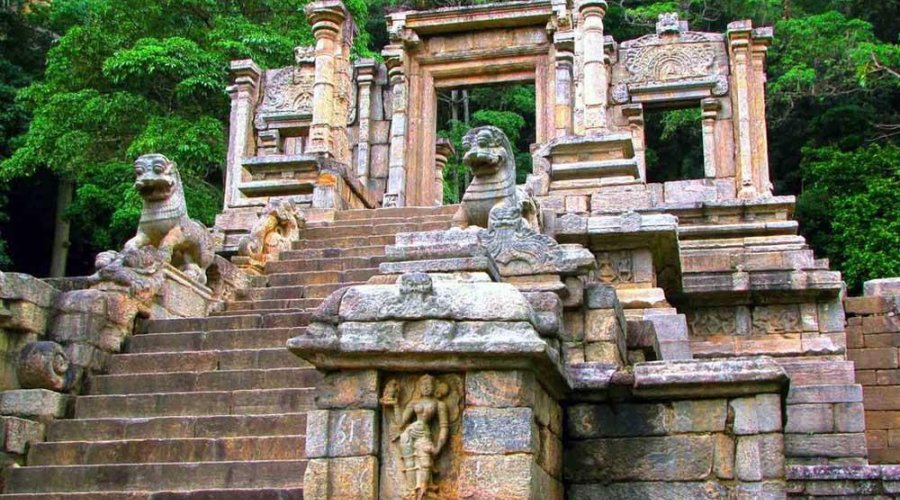

9.Yapahuwa
Yapahuwa, a rock fortress and medieval capital, is renowned for its impressive stone carvings and strategic location. Established in the 13th century, Yapahuwa served as a royal residence and defense stronghold. The iconic stairway leading to the palace complex is adorned with intricate sculptures, reflecting the artistic excellence of the era. Yapahuwa offers a glimpse into Sri Lanka's medieval history and architectural heritage, making it a fascinating historical destination.



10.Dutch Reformed Church
The Dutch Reformed Church in Galle, built by the Dutch in the 18th century, stands as a testament to colonial architectural influence in Sri Lanka. Located within the Galle Fort, this church features unique design elements such as its hexagonal shape and intricate wooden pulpit. The well-preserved structure and its serene interior offer a glimpse into the island's colonial past, making it a notable landmark in the historic fort complex.
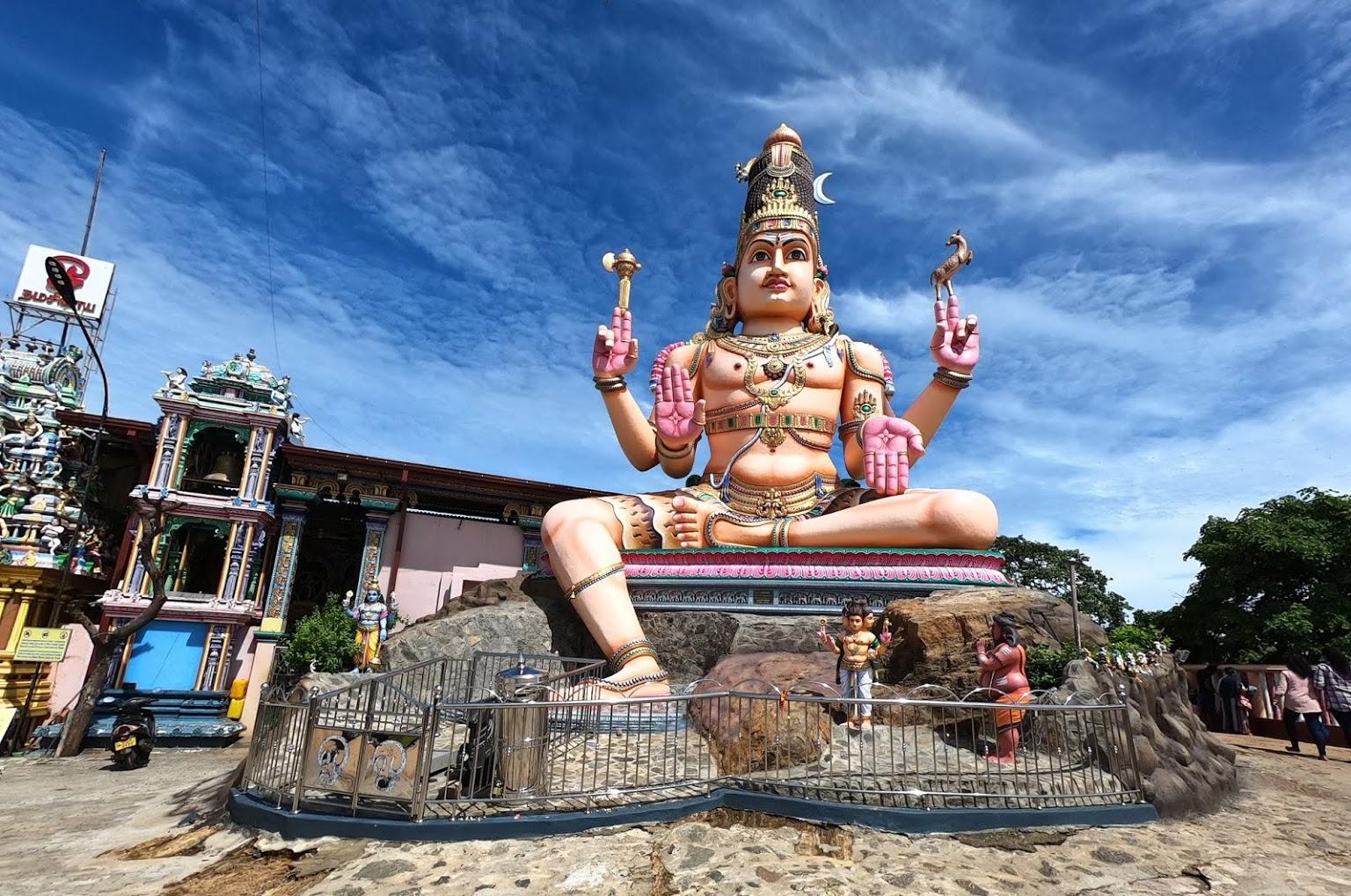



11.Koneswaram Temple
Koneswaram Temple, perched on a cliff in Trincomalee, is a historic Hindu temple dedicated to Lord Shiva. With origins dating back to ancient times, the temple has been a significant pilgrimage site for centuries. It boasts stunning views of the Indian Ocean and intricate Dravidian architecture. The temple's rich history, religious significance, and picturesque location make it an important cultural and spiritual landmark in Sri Lanka.